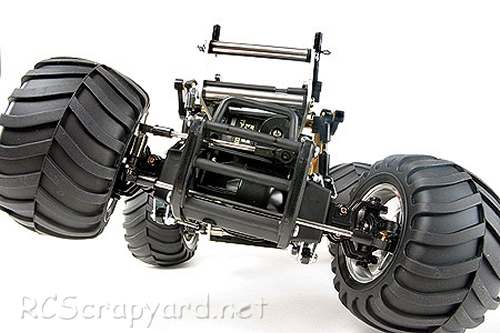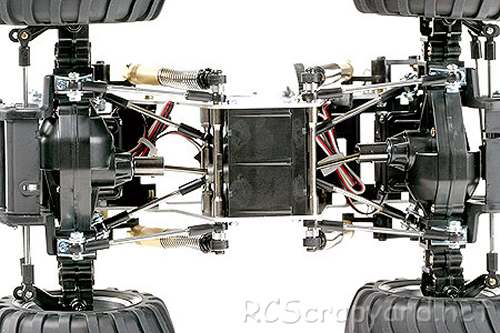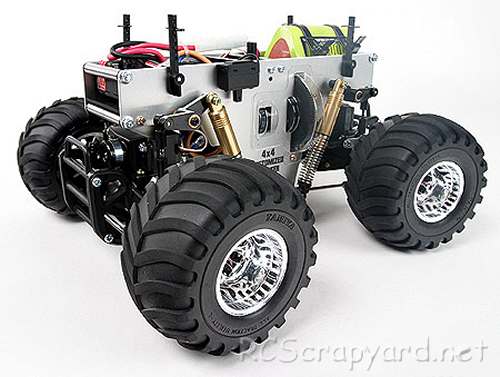

|
|
|


|
Tamiya TLT-1 Rock Buster Combo - 47201c (Radio Controlled Model Review)1/18 Scale Electric Rock Crawler - TLT-1 Chassis:
Released by Tamiya circa 2003, the 4WD TLT-1 (Tamiya Little Truck) Rock Buster Combo (#47201) came with a 540 electric motor, ESC, battery, charger servos and radio system. A Rock Buster basic kit (#47201) was also available and in 2006 an Online Limited Sales Series Rock Buster (#23635) Factory Finished, Limited Edition was introduced.
▼ Scroll Down for More Images ▼
Rating: 4
|








|
|
|

|



Buying a Used TLT-1 Rock Buster Rock Crawler (and What to look for)
Make a General Visual Inspection
Check the Body-Shell
If the body shell of your Rock Crawler is broken, ripped or damaged in any way, this can be easily repaired with rubber solution glue. Also, for added protection and if available for your model, fit an under guard to stop dirt and gravel entering the chassis. Drive Shafts and Turnbuckles
Examine the Drive System
The gearbox of your used Rock Crawler should be opened up to check for damaged gears and wear. If there is excessive backlash in the gearing, these should be replaced. A thin coat of grease on the gears is enough to allow smooth operation and reduce further wear. Pinions and Spur Gears
Steering Servo and Servo-Saver
Don't Forget those Bearings
|









|






|
|
|
|
Hints, Tips and Information
Your First Race Meeting
When you finally find a racing club near to where you live, that initial experience of stepping up onto the rostrum and looking down over the track can be very daunting. But soon, as the race starts, adrenaline will kick in and away you go. For the next five minutes, your focus is on nothing but getting your car around each corner, avoiding all the other cars on the track and just getting to the end of the race. |
|
Hints, Tips and Information
Tire Compounds
Way back in the early 1990s when I first got into RC, most of the off-road models available came with chunky hard compound block tires that gave little or no grip on grass or dirt tracks. On-road didn't have this problem as they were still using sponge tires that with a coating of wintergreen based tire additive before each race to improve grip. There was even one guy who swore, before every race, he dipped his wheels in a glass of light ale. |
|
RC Models:
|
Radio & Motors: |
Other
Accessories: |